Color performance with D65 and Full Calibration
I use the user mode in the OSD for calibration. This gives you full access to all settings like gamma, white point etc. As always I calibrate to 200 nits, gamma 2.2 and D65 – let’s go…
OSD Setting D65
wonderplugin_gallery id=5925]
Gray Scale, Saturation and ColorChecker (User Mode) @ D65 to DCI-P3
Too bad, again the gamma curve and of course the only 94% P3 coverage, which prevent an even better result. But the right D65 is basically enough to achieve decent color accuracy in DCI-P3. Now Calman has to pull the coals out of the fire.
Gray Scale, Saturation and ColorChecker (User Mode) @ full calibration to DCI-P3 with Calman Ultimate
That’s the way it has to be! No further questions your honor… Now you could do that with the sRGB mode as well, but the improvement by means of ICC profile – is only something for color-crazy people who really need it.
Uniformity
The lower right corner is a bit conspicuous in terms of measurement at 100% white. This is not noticeable in everyday use, so it does not affect the overall rating. Especially since this can always vary from panel to panel.
Image errors
Thanks to the RGB subpixel layout, text readability is no problem. The monitor comes with FreeSync as well as G-Sync Compatible. It works with AMD and NVIDIA graphics cards – without any problems. My test sample does not have any picture errors, flickering or dead pixels. The quality department at ASUS ROG will look very carefully.
Sound reproduction
There are 2x 2 watt speakers installed. They are just as good or bad as those of the PG279QM. Personally, I think it’s basically good to have some. Better to have – than to need! I don’t need to say any more about it. Additionally, you can use the 3.5 jack for the headphones. The gamers among the readers will have their own audio solution ready.
Webcam and microphone
Are not installed… So let’s close today’s article, last page please….
- 1 - Introduction, Features and Specs
- 2 - Workmanship and Details
- 3 - How we measure: Equipment and Methods
- 4 - Pixel Response Times
- 5 - Variable Overdrive
- 6 - Display Latencies
- 7 - Color-Performance @ Default Settings
- 8 - Direct Comparison
- 9 - Color-Performance calibrated
- 10 - Summary and Conclusion
















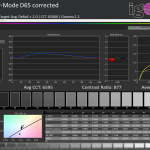
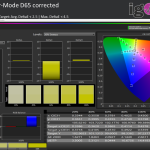
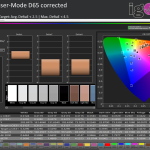
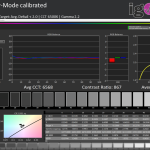
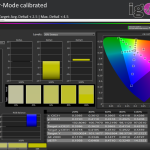
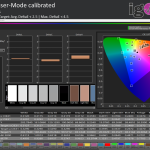
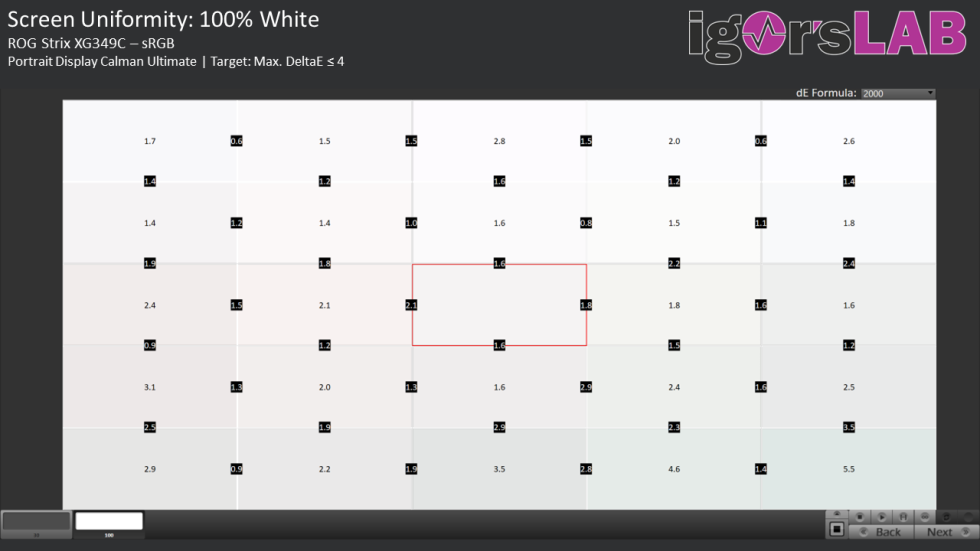
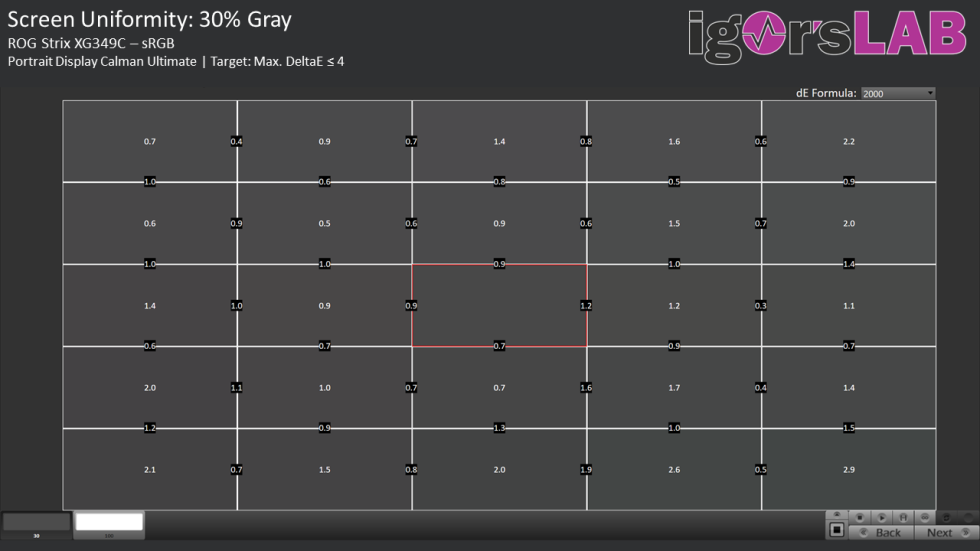



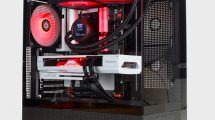













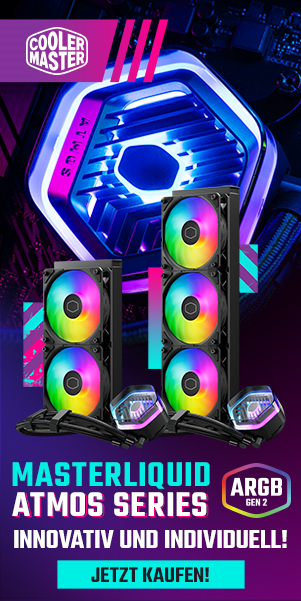

34 Antworten
Kommentar
Lade neue Kommentare
Neuling
Urgestein
Urgestein
Urgestein
Urgestein
Neuling
Mitglied
Urgestein
Urgestein
Moderator
Moderator
Veteran
Veteran
Urgestein
Urgestein
Urgestein
Veteran
Veteran
Urgestein
Alle Kommentare lesen unter igor´sLAB Community →